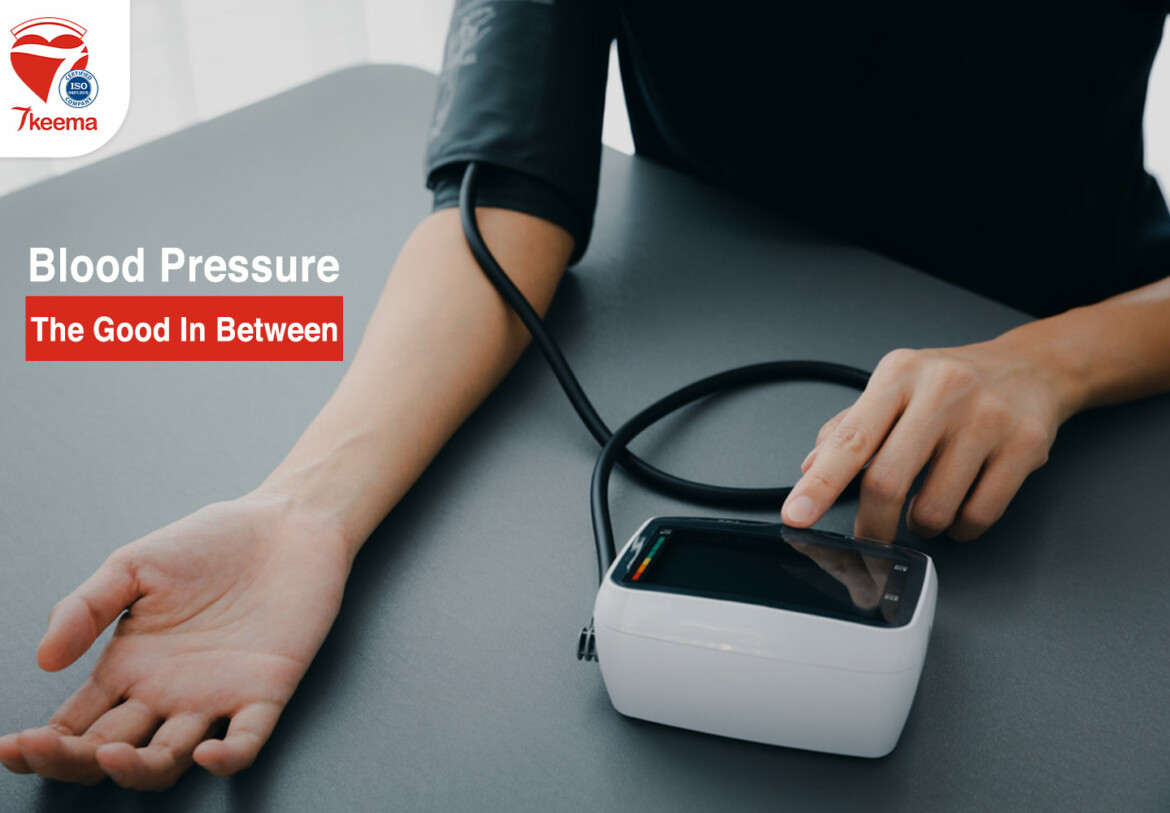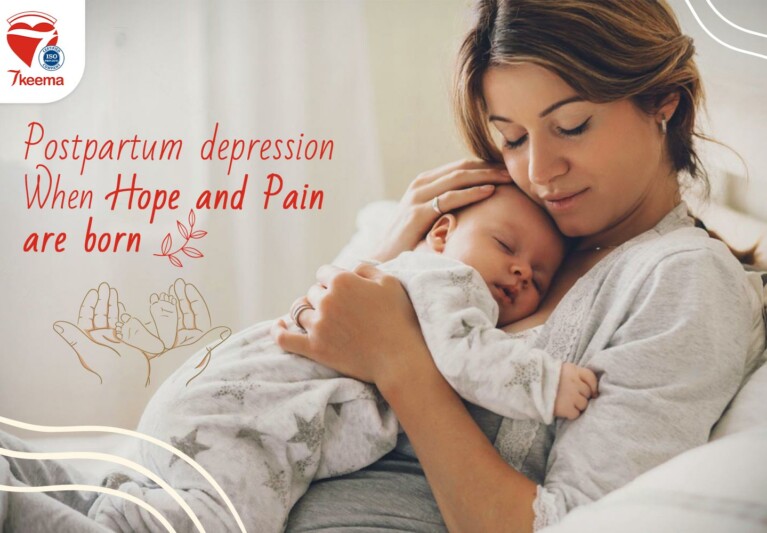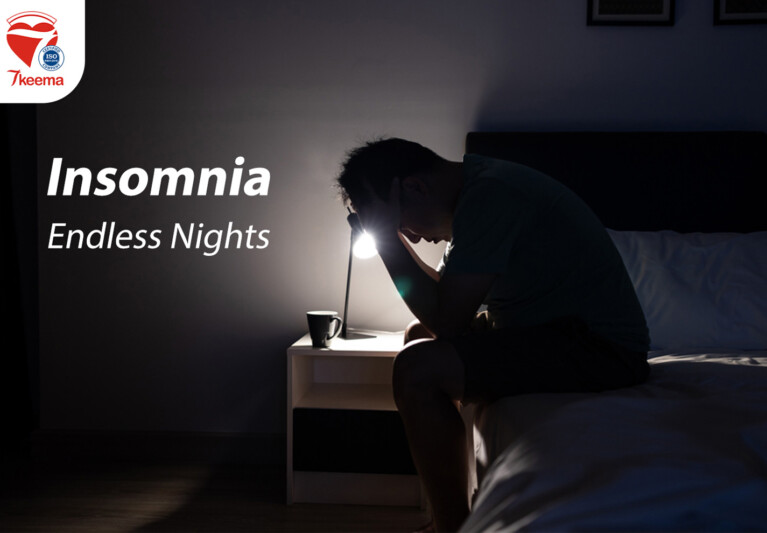Many people around the world are seeking to have normal blood pressure due to many issues that make it whether high pressure or low blood pressure. Usually, it becomes a chronic disease that has to be maintained for life. While some people thought that low pressure is not that risky, facts revealed the opposite.
For instance, it’s not healthy to have it higher or lower than the normal blood pressure average, which leads us to ask:
what’s the normal blood pressure?
Normal blood pressure has both diastolic and systolic measurements within a range from the ideal measurements, which are shown as follows:
Typically, it’s 120 mmHg for systolic and 80 mmHg for diastolic. Both numbers form one reading. The systolic reading, the upper number, represents the average blood pressure when the heart is contracting to pump blood. In contrast, the diastolic reading represents the pressure when the heart muscle is released.
In fact, it doesn’t always have to be ideal to be healthy, and normal blood pressure extends to 20 mmHg up or down. If it’s almost normal, having 140 mmHg or 100 mmHg for systolic, and 100 mmHg or 60 mmHg for diastolic.
What’s out of these limits is considered abnormal and should be well monitored and treated to avoid many more complications.
How to measure blood pressure?
There’re some tips to measure it and get accurate readings:
1- Take an upright position.
2- No caffeine or nicotine intake before measuring for one hour at least.
3- Do not measure right after physical exercise.
4- No speaking while measuring.
5- Relax for 5 mins before measuring.
6- The device should be directly connected to the patient’s arm.
7- The arm is at the same level as the heart.
If readings come out with abnormal results many consecutive times, it could mean that there’s a chronic issue, head to the doctor immediately. It could be high blood pressure, which’s more common to have with ageing. Though, it still could be a risk for youth.
What causes high blood pressure for youth?
Typically, youths are the healthiest individuals, with the healthiest bodies. It’s when the body gets to the peak of energy and activity, and usually, normal blood pressure is usually pretty granted; so how are youths subjected to high pressure?
For instance, answering this question is not mysterious anymore due to the most common unhealthy habits and lifestyles between youth communities. Many risk factors are threatening youths with high pressure, between which we can mention the following:
– Smoking has been very widespread nowadays among youth communities since their teenage period.
– Nutrition system is a big player here. The revolutionary spread out of junk food restaurants actually increases the risk of obesity among youths and negatively affects normal blood pressure. It is also leading to many other diseases, such as diabetes and high cholesterol.
– Laziness, physical inactivity, and not having a daily workout exercise are necessary for all ages to have healthy blood circulation and help keep good shape and healthy weight.
– Too much salt in meals.
– Alcoholic drinking.
– Doing drugs.
– Increasing weight gain negatively affects how oxygen and energy reach different tissues around the body, including veins and arteries, leading to extra pressure into the bloodstream.
– Breath cut during sleep, which could be caused by a nervous system disorder or an airway clogging.
– Taking medicines that contain cortisone.
– Stress, emotional shocks, chronic anxiety, and severe mood swings.
– It could be due to heritage factors transmitted between generations.
After receiving an outer image about normal blood pressure and how youths are subjected to have high pressure, it’s time to cover all the blood pressure corners, whether high or low, symptoms and causes, and how to treat them.
Low Blood Pressure
Low blood pressure is due to many variable reasons, which could vary between dryness or critical medical conditions. As we mentioned before, it’s considered low when the systolic measurement is lower than 100 mmHg, while many specialists would consider it dangerous when it’s lower than 90 mmHg.
On the other side, when the diastolic measurement is lower than 60 mmHg, it’s considered critical that could lead to low blood pressure complications.
When it’s getting low, it could be evident within many symptoms that are followed by some more complications, which could be life-threatening. When someone has low blood pressure, the blood flow becomes weaker into blood vessels, making it hard to reach every organ around the body.

Low Blood Pressure Symptoms
Low blood pressure indicates a massive health issue that a medical examination could reveal to avoid many more dangerous complications.
Low blood pressure symptoms vary between:
– Dizziness
– Fainting and losing conscious
– Blurred vision and sight
– Nausea
– Tiredness
– Low ability to focus
– Cold and pale skin
– High rate breathing
– Extreme thirst
– High rate of heartbeats
Alternatively, low blood pressure for pregnant women is even more critical, as it affects two lives at once, the baby and mother.
Low blood pressure symptoms for pregnant women would vary between:
– Headache
– Bleeding
– Blurred vision
– Chest pain
– Difficulties breathing
– Vomiting
– Numbness through one bodyside
Therefore, pregnant women should continuously monitor their health in general by having a periodic medical consultations to avoid such complications and keep her life and their baby’s life safe.
Moving on to understand the whole issue of low blood pressure, we should first get to know what’s causing it and its risk factors.
What Causes Low Blood Pressure?
Causes are widely numerous, leading to a low blood pump flow into the body’s blood vessels, leading to low blood pressure symptoms.
– Typically, the pressure would decrease during pregnancy due to blood circulation extending that’s reaching out to the baby, which requires a frequent follow up to make sure it’s not leading into a critical condition. Usually, it gets back to normal blood pressure post baby delivery.
– Heart diseases and issues leading to blood pumping instability, lowering pressure into veins and arteries, which could be due to heart valves issues or heart attacks.
– Endocrine disorders.
– Low sugar levels in the bloodstream and diabetes, in general, is the leading cause of low blood pressure.
– Dryness, losing a large amount of water without any compensation, would lead to feeling dizzy, tired, and weak, and having low blood circulation. Therefore, it’s hugely important to have enough amounts of water daily, to maintain normal blood pressure.
– Bleeding excessively, which releases pressure from the blood circulation.
– Having a severe infection could lead to septicemia, which lower pressure gravely and lead to many more critical complications.
– The lack of primary nutrition materials, especially iron, folic acid, and vitamin B-12, are the main elements that produce red blood cells; it could also lead to anemia.
Out of these points, we can get close to knowing how to treat such cases and avoid low blood pressure complications. Treatment aims to reach up the normal blood pressure to keep a healthy life.
Low Blood Pressure Treatment
To reach a normal blood pressure, we have to deal with causes separately, as it couldn’t be considered as a separate disease by itself.
So how to face causes is the question here. The patient should be well diagnosed to receive the proper care.
However, there’re some tips to be followed to keep normal blood pressure and higher it up instantly, between which we can mention the following:
– Drinking enough amount of water daily to avoid dryness, which’s one of the leading causes leading to low blood pressure.
– It’s highly recommended to not stand up for a long time.
– Avoid stressful events and seek relaxation.
– Meals elements should be healthy and include all nutrition elements.
– Increase the salt amount intake into meals all over the day.
– Practice any kind of physical exercise, and it’s better to be a daily routine as it keeps a good blood circulation and helps have normal blood pressure.
– Wearing some tied socks could also be a helpful tip.
– Avoid walking or any challenging physical activity when feeling dizzy.
All these tips are meant to avoid an instant drop from normal blood pressure, which could be critical and lead to severe complications.
High Blood Pressure
If it can go low, it can go high; high pressure, or hypertension, is one of the most common chronic diseases among the elderly, and as we mentioned before, it has an increased risk for youth as well.
Hypertension is divided into two main types:
– Primary Hypertension:
In most cases, its reason is unknown. Typically, this type gets more severe by ageing. Fortunately, it has many noticeable symptoms that let the patient recognise it quickly and deal with it as soon as possible.
– Secondary Hypertension:
This type is a consequence of another disease, and it has higher rates than normal blood pressure and primary type.
High Blood Pressure Symptoms
For instance, it’s pretty common to have one or more symptoms due to many reasons and factors. These symptoms could be affecting everyday life for patients.
Symptoms vary between:
– Headache
– Dizziness
– Nose bleeding in case of extremely high pressure.
– Difficulties breathing.
– Severe pain at the back of the head.
– Nausea
– Nervous cramps through critical and severe cases.
Hypertension Causes
In fact, hypertension causes vary between patients due to many risk factors that include lifestyle, nutrition system, and more. These causes would help us reach a fulfilling treatment that suits each case.
Causes vary as follows:
– Ageing and growing old, men would have it during their forties, while women typically have it during menopause.
– Family history could be transmitted between generations through genes.
– Obesity and heavyweight, as it could lower the pressure, could also be a big player concerning hypertension. It takes pretty far from normal blood pressure.
– Not having daily physical exercise. Typically, sport keeps the rate of a regular heartbeat, as it saves from obesity the previous cause.
– Smoking is a player; nicotine intake would increase pressure temporarily, though many burn elements would block arteries and blood vessels in general, causing hypertension.
– High salt intake through daily meals as it traps fluids inside the body, leading to hypertension.
– Lack of potassium and vitamin D; potassium makes an equilibrium regarding sodium into salt.
– Alcoholic drinking, releasing certain hormones inside the body that could lead to hypertension.
– Anxiety and stress.
– Having other chronic diseases would increase the risk of hypertension as well, diseases like diabetes, high cholesterol, and more.
– Pregnancy is a common factor between low and high pressure.

How to Lower Blood Pressure?
Treatment
As we mentioned how to higher it, let’s discuss how to control hypertension.
Quite similar to low pressure, hypertension treatment is directly connected to its causes. To treat it properly, reasons should be faced to reach a stable condition.
Reaching out to chronic hypertension, the patient is meant to receive medicines described by a specialist doctor regularly.
Not to mention the lifestyle that should be followed and changing the nutrition system to suit the case.
To lower pressure, some tips could be helpful:
– It’s directly connected to the nutrition system. A patient should avoid salty foods and control a reasonable amount of salt through his daily meals. Also, having meals rich in nutrition elements is a must.
– Avoiding obesity is a treatment by itself; keeping good shape could help the heart pump blood regularly.
– Sport is always a good thing to do; it’s mandatory to have a daily physical routine. It’s highly recommended to have at least 30 minutes workout sessions daily.
– Avoid smoking and alcoholic drinks immediately.
– It’s also recommended to avoid or control caffeine intake all over the day and limit drinks with high caffeine amounts, such as tea, coffee, and soft drinks.
– Treating hypertension can’t reach a suitable conclusion while the patient is subjected to stress and anxiety. It’s highly recommended to have some relaxation time and clear the mind from any negative thoughts periodically.
– A hypertension patient should constantly monitor his blood pressure levels daily to be always up to date and avoid any critical cases.
In order to have good blood circulation, we should have control over our lives; having a healthy lifestyle is always a key to maintaining whether hypertension or low pressure.
On its side, 7keema for home nursing services provides a whole pack of healthcare services that could help out any patient through his treatment process. Moreover, 7keema delivers a particular service for the elderly, which ensure having a healthy normal life at home while controlling any chronic disease. In addition to many more benefits that could be integrated to give complete healthcare at home without heading to a hospital.








